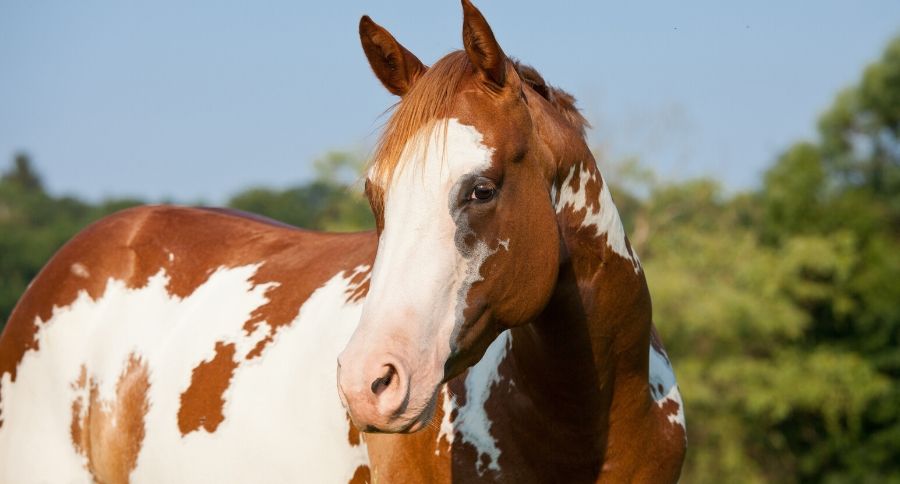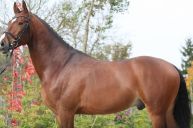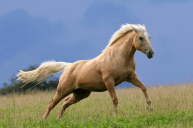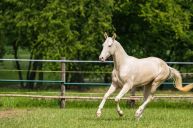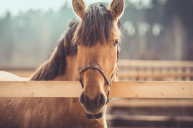The popularity of the American Paint Horse is a result of its distinctive coat coloring, attractiveness, and agile characteristics. The horse is so popular that The American Paint Horse Association counts around 100,000 members in roughly 40 countries around the world, including the United States.
The Spruce Pets tells us that the colored coat patterns are the paint horse's most distinctive trait, but the breed is about far more than color. Its colors, patterns, and markings combine with its muscular, well-balanced stature to create a truly striking physical appearance. We have one in the neighborhood (a few farms away) and it's beautiful!
What is an American Paint Horse?
They are known to be lovable and easy to handle for rides.
Some fun facts about the breed:
- The brilliant and attractive white marking color.
- Gentle and intelligent behavior.
- Easily manageable in stable and pasture.
- Less susceptible to diseases.
- Training is very easy.
Breed overview
According to VetExpert, here are five breed facts for anyone researching this horse.
- The other name of this breed is the American Paint Horse. This breed has distinctive two-tone coloring and came in North America along with Spanish explorers in the early 16th century.
- They are bay, black, chestnut, grey palomino, buckskin, and blue roan in color. They have distinctive white markings in physical body coloring.
- The attitude and the mental strengths of this breed are excellent.
- This breed generally requires less exercise to stay fit than most others.
- The paint horse is a reliable, intelligent, and light horse breed. They are usually used as riding and showing horses. This breed is agile and swift, many are used on the racetrack, in the English show ring.
What does a Paint Horse look like?
The Spruce Pets says there are three named color patterns.
"The paint's distinctive coat patterns can occur in any combination of white plus another color, such as bay, black, palomino, or chestnut. The patterns and colors vary greatly, and no two horses are precisely the same. Some paint horses are a solid or almost-solid color."
- Tobiano: These horses usually have a color over one or both flanks with rounded white patches around their withers and tail. The head is colored and can have markings, such as stars, blazes, or strips. The tail and mane hair can be of two colors.
- Overo: Horses with this pattern have irregular white patches across their bodies, though their backs are usually a solid color. The legs are colored but can have white stockings. The face is mainly white.
- Tovero: These horses are mainly white on the body while the upper head, chest, and flank areas are a color. Some tovero horses have blue eyes.
How do you care for your Paint Horse?
The horse may suffer common horse diseases, and the breed is known to have a few genetic disorders.
- Lethal white overo syndrome
- Hereditary Equine Regional Dermal Asthenia
- Lavender Foal Disease
- Severe Combined Immunodeficiency
- Cerebellar Abiotrophy
- Glycogen Branching Enzyme Deficiency
- Junctional Epidermolysis Bullosa
Talk with your vet, breeder or rescue about these when you're considering bringing one home to your barn. Ask them about lethal white syndrome since this is a common health condition.
The colorful coat patterns on the Paint Horse are stunning and many horse and equestrian lovers have a special bond with this breed of horse.
They're used for dressage, roping, and trail riding. Some are very flashy!
Cool unknown fact: Many of these 'spotted horses' ended up roaming wild across the continent, catching the eyes of Native Americans. They adopted and bred the horses, admiring them for their coat patterns, coat color, strength, body type, and friendly personalities.
What do you think about this horse? Share your thoughts below.
